When planting onion sets in the fall, you can get excellent results. In this case, the harvest will ripen earlier, and the bulbs themselves will delight summer residents with their large size and spicy taste. In addition, in the fall it is easier to find time for planting; there is not much to do in the garden at this time of year. When planting seedlings, experienced gardeners take into account certain subtleties.
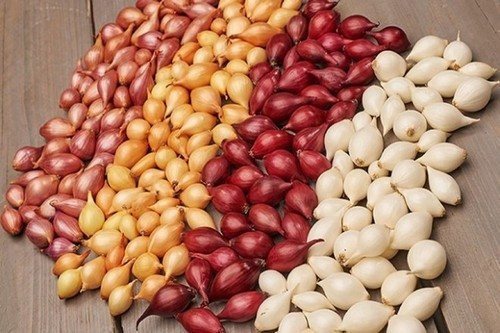
Choosing the right variety
Winter-hardy varieties of onions are suitable for autumn planting. As a rule, these are varieties with a spicy or sweet-spicy taste. In order not to make a mistake, you can take planting material grown by local summer residents. Such onions are already adapted to the growing conditions of a specific climate zone.
When purchasing from a garden center, choose zoned varieties. Among the leaders are:
- Strigunovsky local;
- Timiryazevsky;
- Arzamas;
- Red Baron;
- Snowball;
- Sturon;
- Aleko.
If the onion sets are small, planting in the fall is the only right decision. Even if such bulbs survive until spring, they will be in a deplorable state - they will shrivel and be unsuitable for planting.
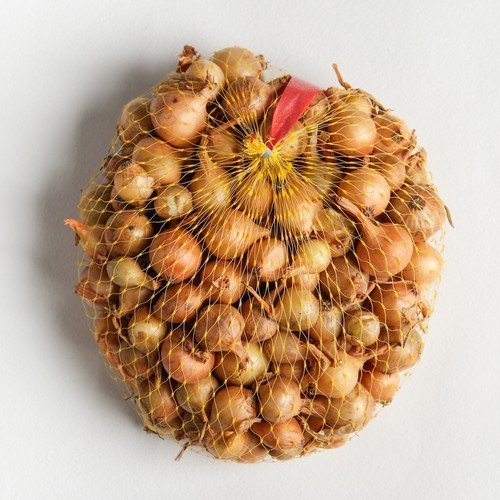
Landing site requirements
The place for planting onions should be well lit by the sun and ventilated. Crop rotation rules must be followed. You cannot plant onions after onions or cabbage. The best predecessors of culture will be:
- beans;
- peas;
- cucumbers;
- carrot;
- potato.
The bed should not be flooded by melt water; it is better to make it raised to a height of 10–15 cm. Onion sets are not planted in lowlands.
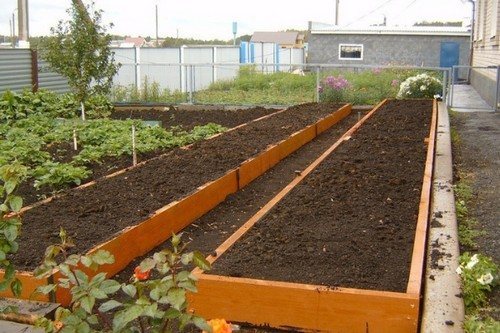
Preparing the bed
Cultivation of the land begins in September. The bed is cleared of plant debris, dug up, loosened, and mineral fertilizers are applied. The ideal width of the bed for onions is 1 meter. The culture prefers soil with an acidity value closer to neutral. Acidic soils need to be limed. To do this, add lime, dolomite flour, and crushed chalk.

For filling with fertilizers, organic matter and mineral fertilizers are used. Add compost or humus to the ground (3–4 kg per sq. m). Fresh manure cannot be applied to onions. The bed is also filled with wood ash (1 cup per sq. m), superphosphate (40 g per sq. m), and potassium sulfate (20 g per sq. m). All preparation is done in advance.
Landing dates
The planting itself in central Russia is carried out no earlier than mid-October. Otherwise, the onion sets will begin to germinate in the fall, and this should not be allowed. In the northern regions, bulbs are planted in September, when daytime temperatures are in the range of 0–5 °C. In this case, the bulbs will have enough time to take root, but they will not begin to grow.
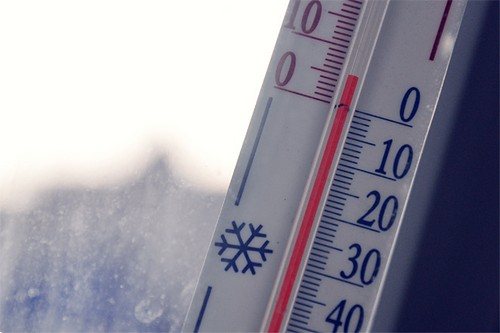
You can't be late with deadlines either. Unrooted bulbs winter worse and may freeze. Residents of Siberia and the Northern Urals plant the earliest seedlings. The dates are adjusted depending on the weather in the current season. Cold weather may come earlier or later.
Sowing process
Plant the seedlings in moist soil. If there has been no rain for a long time, the bed must be watered before planting. The ideal size of a set for growing turnips is 1–3 cm. Larger bulbs shoot out in the spring; they are planted to obtain seeds and force early greenery.
If cold weather is approaching and there is a risk that the bulbs will not have time to take root, the seedlings are soaked in warm water or in a solution of potassium permanganate before planting (disinfection will help protect the planting material from fungal infections). Under no circumstances should the crowns be trimmed - this will provoke feather growth. This technique is only suitable for spring planting.
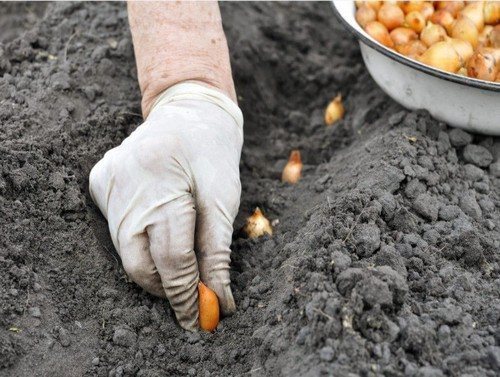
The furrows are cut at intervals of 20 cm. When planting, a distance of 7–8 cm is left between the bulbs. The depth of seeding is 2.5–3 cm. The top of the bed is mulched with straw, dry grass or leaves. As soon as snow falls, it is thrown over the garden bed for additional insulation. With the arrival of warmth in spring, the mulch is raked so that the earth is warmed up by the sun faster.
It should be remembered that when planting in autumn, the risk of losing part of the harvest still exists, especially if the timing of planting work was not met. Otherwise, pre-winter planting of seedlings gives only advantages. The crop develops faster, is better protected from pests in the initial stages of growth, and does not suffer from summer drought.


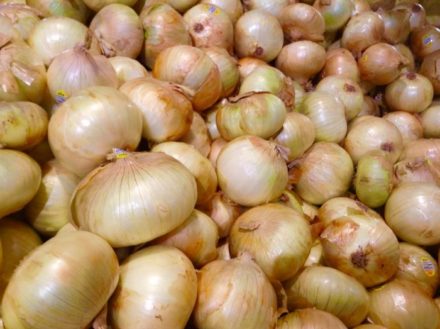

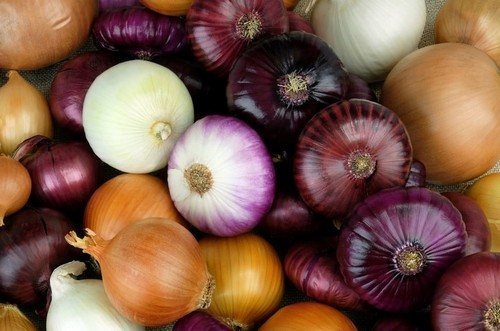
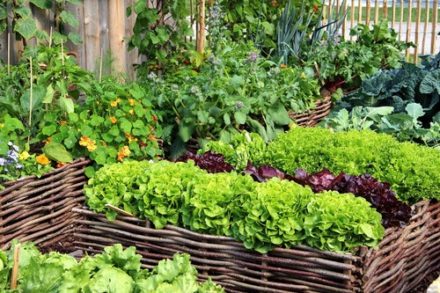
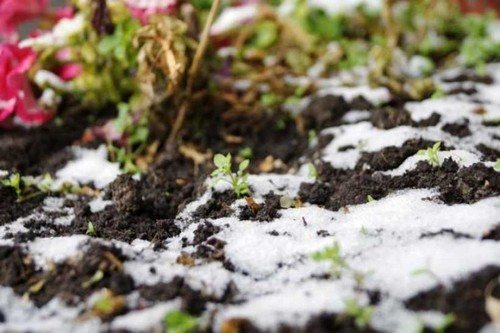
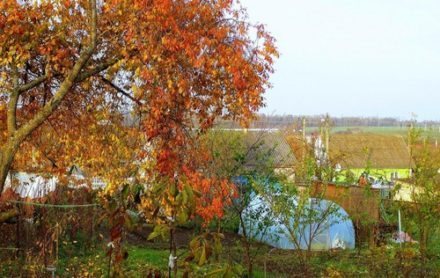
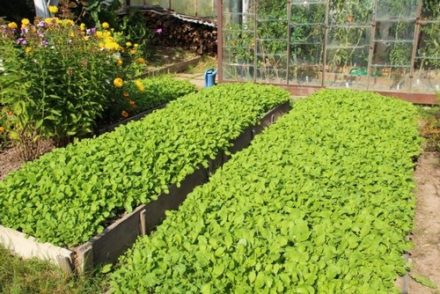
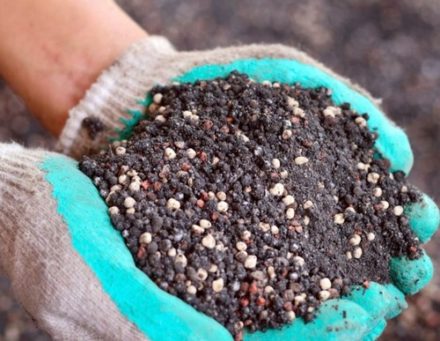
You need to plant seedlings up to 1 cm in size, that’s 10 mm. A larger set (3 cm, that’s 30 mm) will definitely go into the arrow, it’s been checked.